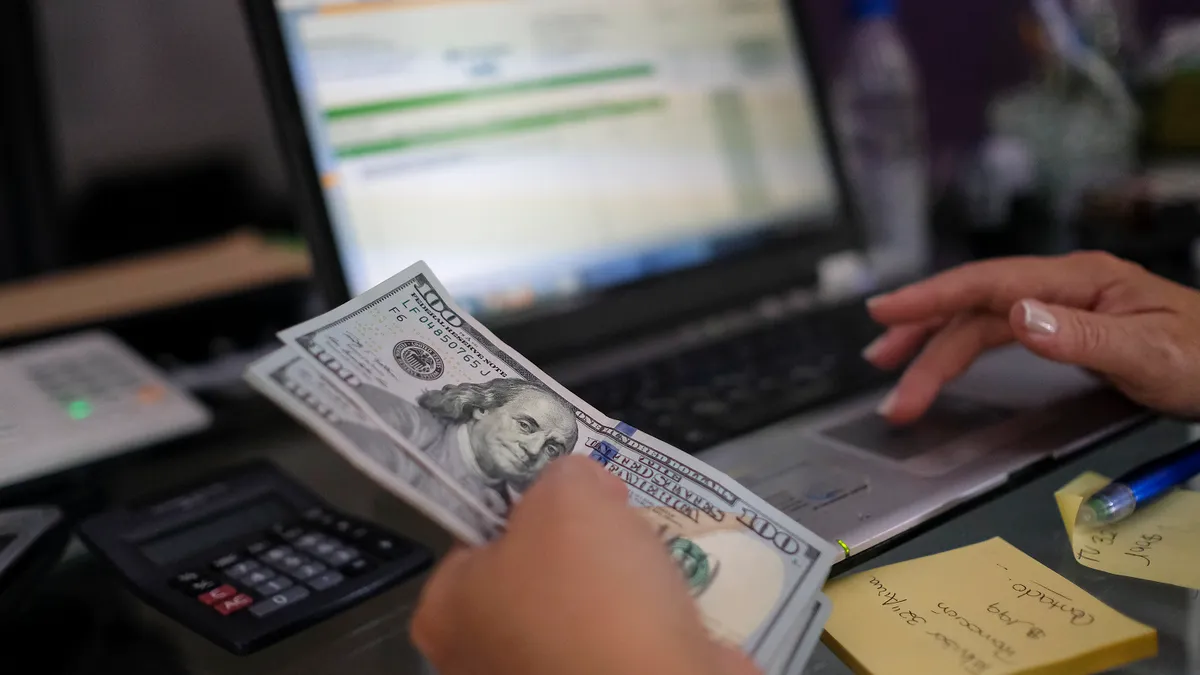Dive Brief:
- Expectations among small businesses slumped last month to a record low, knocked down by the worst inflation in four decades and flagging optimism in the outlook for sales, the National Federation of Independent Business (NFIB) said Tuesday.
- One out of three (34%) small businesses identified inflation as their biggest problem, an increase of 6 percentage points compared with May and the highest level since the final quarter of 1980, NFIB said in a report on its Small Business Optimism Index.
- “As inflation continues to dominate business decisions, small business owners’ expectations for better business conditions have reached a new low” in a data series spanning 48 years, NFIB Chief Economist Bill Dunkelberg said.
Dive Insight:
Small businesses provide CFOs at larger companies with indicators for trends across the U.S. economy, including job creation, investment, pricing, compensation and the outlook for supply chains.
For example, small businesses have accounted for most U.S. private sector employment growth since the end of the pandemic-induced recession, according to the Small Business Administration. During the past 25 years they generated two out of every three jobs.
Last month half of small business owners could not fill job openings, NFIB said, citing its survey. Ninety-four percent of small businesses posting “help wanted” signs reported few or no qualified applicants.
Nearly two out of five (39%) small business owners said supply chain disruptions have had a significant impact on their company, with 30% noting a moderate impact. For months, pandemic lockdowns in the U.S. and abroad have clogged the production and flow of goods, crimping supplies and fanning inflation.
The proportion of small business owners who raised prices last month slightly declined compared with May, the NFIB said. Still, during the past year prices have increased across a broad front, “reaching levels not seen since the early 1980s when prices were rising at double-digit rates.”
The consumer price index (CPI) rose in May more than many economists expected, surging 8.6% year-over-year in the biggest jump since December 1981. The Labor Department plans to release CPI data for June on Wednesday.
The Fed’s preferred measure of inflation – the core personal consumption expenditures price index – rose 4.7% in the year through May, slowing from 5.3% in February, according to the Labor Department. When changes in food and energy prices are included, the index increased 6.3%.
“On top of the immediate challenges facing small business owners including inflation and worker shortages, the outlook for economic policy is not encouraging either as policy talks have shifted to tax increases and more regulations,” Dunkelberg said.















